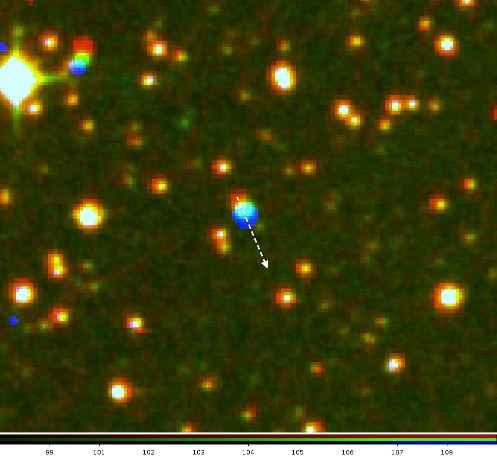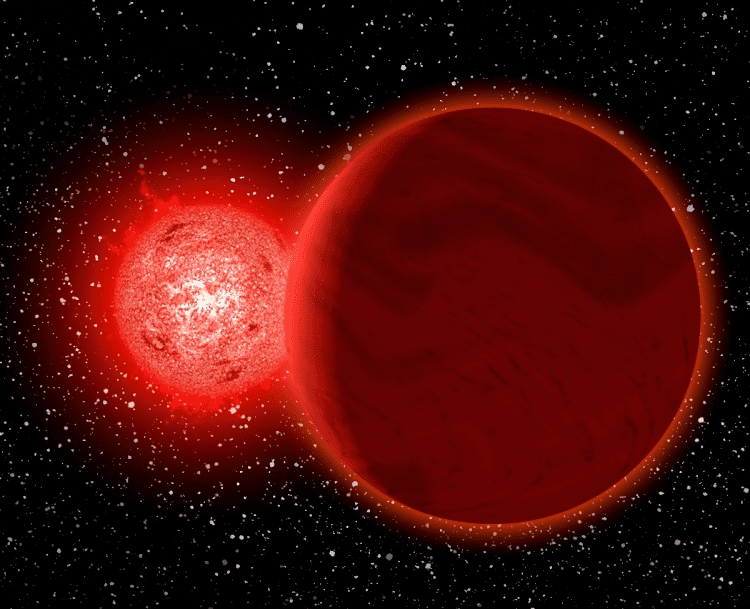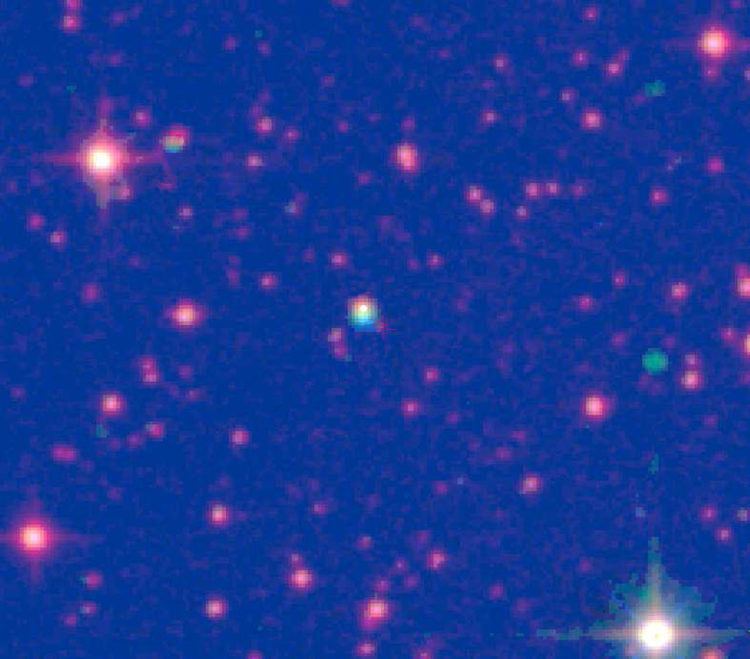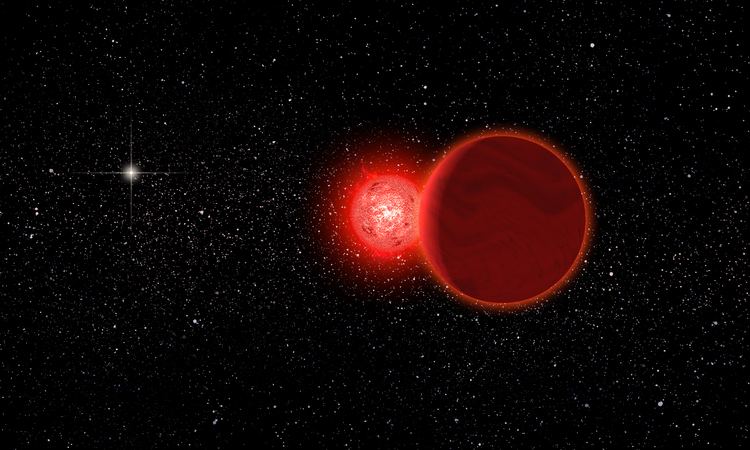Magnitude 18.3 Constellation Monoceros | Absolute magnitude 19.4 Apparent magnitude (V) 18.3 | |
 | ||
People also search for HIP 85605, DENIS J081730.0-615520 | ||
Live webcast of scholz s star
Scholz's Star (WISE designation WISE 0720−0846 or fully WISE J072003.20−084651.2) is a dim binary stellar system about 17–23 light-years (5.1–7.2 parsecs) from the Sun in the southern constellation Monoceros near the galactic plane. It was discovered in 2013 by astronomer Ralf-Dieter Scholz. In 2015, Eric Mamajek and collaborators reported the system passed through the Solar System's Oort cloud roughly 70,000 years ago, and dubbed it Scholz's Star.
Contents
- Live webcast of scholz s star
- Gre vocabulary news 2 19 15 isis walmart wages scholz s star
- Characteristics
- Solar System flyby
- Naming
- References

Gre vocabulary news 2 19 15 isis walmart wages scholz s star
Characteristics

The primary is a red dwarf with a stellar classification of M7000900000000000000♠9±1 and has 7001860000000000000♠86±2 Jupiter masses. The secondary is probably a T5 brown dwarf with 7001650000000000000♠65±12 Jupiter masses. The system has 0.15 solar masses. The pair orbit at a distance of about 0.8 astronomical units (120,000,000 kilometers; 74,000,000 miles) with a period of roughly 4 years. The system has an apparent magnitude of 18.3, and is estimated to be between 3 and 10 billion years old. With a parallax of 166 mas (0.166 arcseconds), there are about 80 known star systems closer to the Sun. It is a late discovery, as far as nearby stars go, because past efforts concentrated on high-proper-motion objects.
Solar System flyby

Estimates indicate that the WISE 0720−0846 system passed about 52,000 astronomical units (0.25 parsecs; 0.82 light-years) from the Sun about 70,000 years ago. 98% of mathematical simulations of the star system's trajectory indicated it passed through the Solar System's Oort cloud, or within 120,000 AU (0.58 pc; 1.9 ly) of the Sun. Comets perturbed from the Oort cloud would require roughly 2 million years to get to the inner Solar System. At closest approach the system would have had an apparent magnitude of about 11.4. A star is expected to pass through the Oort Cloud every 100,000 years or so. An approach as close or closer than 52,000 AU is expected to occur about every 9 million years.
Naming

The star was first discovered to be a nearby one by astronomer Ralf-Dieter Scholz, announced on arXiv in November 2013. Given the importance of the system having passed so close to the solar system in prehistorical times, Eric Mamajek and collaborators dubbed the system Scholz's star in their paper discussing the star's velocity and past trajectory.
